I have looked at how the Sigma-Delta ADC works and I understand it. However, it seems to me that there is not a lot of literature about the Sigma-Delta DAC.
I want to build a model of it in Simulink. Can someone explain to me how it works?
I have looked at how the Sigma-Delta ADC works and I understand it. However, it seems to me that there is not a lot of literature about the Sigma-Delta DAC.
I want to build a model of it in Simulink. Can someone explain to me how it works?
The DAC is simply the feedback portion of the ADC. The basic concept is illustrated here:

simulate this circuit – Schematic created using CircuitLab
The contents of the dashed boxes is identical at both ends. On the ADC side, the feedback insures that the stream of one-bit samples creates a replica of the analog input signal. If this is successful, then the same data stream and the same circuit on the DAC side will create the exact same replica.
The subtlety comes in when you don't want to transmit the raw stream of 1-bit samples, but instead want to transmit a more conventional PCM data stream. The box marked "transmission system" must encode the 1-bit stream into a series of PCM words on the input side, and then convert those words back into a 1-bit stream on the output side.
The conversion to PCM consists of applying a digital low-pass filter to the input stream, and then decimating the resulting stream of output words. As long as the sample rate of the decimated stream meets the Nyquist criteria for the filter bandwidth, no information is lost.
The conversion from PCM to 1-bit samples uses a digital form of the feedback loop used in the ADC. The stream of PCM words is oversampled, and then a quantizer produces 1-bit samples based on whether the feedback is greater or less than the current input word.
The block diagram of the transmission system looks something like the above diagram with the two sides swapped:

The decoder is an all-digital form of the delta-sigma modulator used in the ADC. Note that the output of the decoder is not necessarily an exact replica of the original 1-bit stream, but it contains the same information.
This is a powerful concept. Whenever I need an analog output from an FPGA — for example, to control a VCXO — I frequently use such a modulator to drive an external passive or active LPF.